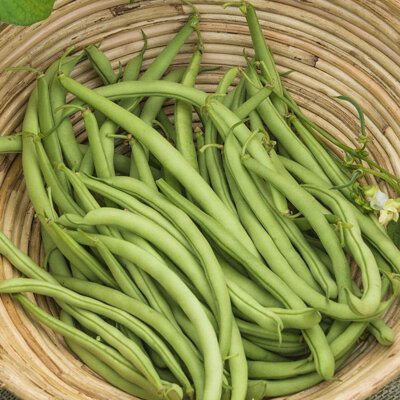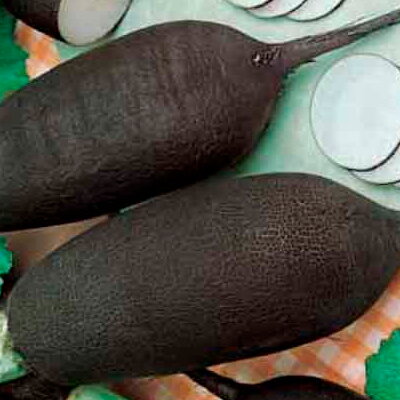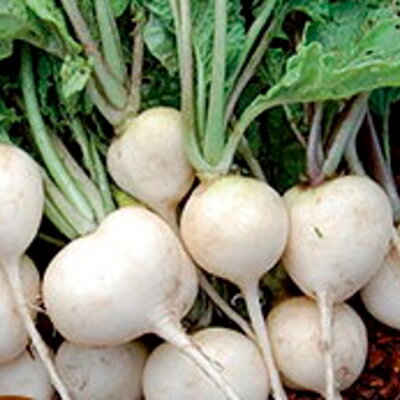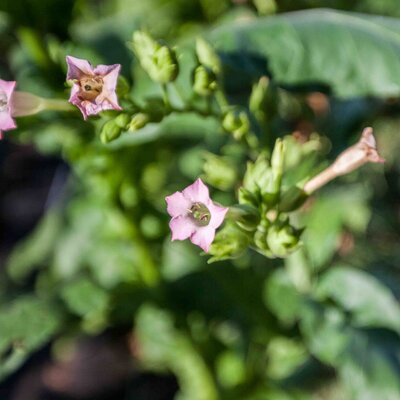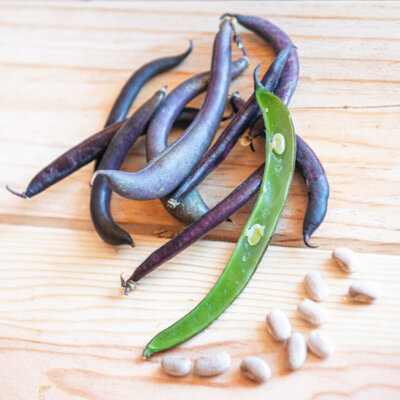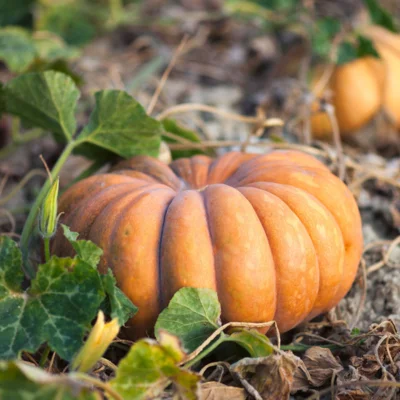
Musquée de Provence - Moschata squash
This ancient variety produces very ribbed, spherical fruits that can reach 50 cm in diameter and weigh up to 20 kg. Their green epidermis, which turns ochre as they ripen, encloses firm, musky, sweet flesh. They keep for 4 to 9 months.
What are the characteristics of Butternut squash from Provence?
The Butternut squash of Provence, Cucurbita moschata, also known as the "nutmeg squash" or "Bronze de Montlhéry pumpkin", is a late-ripening, runner-like variety native to the south of France. Its round, flattened fruits, weighing up to 20 kg, turn from green to ochre as they ripen. Their firm, sweet orange flesh is perfect for all kinds of recipes, savory or sweet: soup, velouté, purée, baked gratin... The flowers of this squash are also edible.
How to grow Butternut squash from Provence?
Butternut squash can be sown from February to May in pots of 2 to 3 seeds, and from March to June in the ground.
Sowing in pots should be done 2 to 3 weeks before transplanting. Be careful not to sow squash seeds too early in the season, in which case the roots will become fibrous, making growth difficult in the garden. The seeds should be kept moist and warm, at a temperature of between 18 and 20°C, until they emerge.
To sow directly in the ground, wait until the last frosts have passed and choose a sunny spot. In the garden, prepare 2 weeks in advance holes filled with compost or organic matter, spaced 2 m apart in all directions, to accommodate the squash plants or seeds. Mulch the soil to maintain sufficient humidity and limit water evaporation.
Cover the stems with soil to generate new roots in this area, allowing the plant to draw in more nutrients. Remember to place a crate or tile under the fruit, without damaging it, to prevent it from being touched (slugs, mould, etc.) as it develops.
To encourage the development of squash, combine companion plants such as corn and beans (milpa). Plant basil between all types of squash to repel pests.
When to pick Butternut squash from Provence?
These squashes are harvested between July and November, before the first frosts. Drying out of the stalks indicates that the fruit is ready to detach from the plant. Be careful not to tear off the squash, but cut as close as possible to the stem, 10 cm above the stalk.
This variety of vegetable will keep for 4 to 9 months in a ventilated, dry place, at a temperature of between 10 and 12°C. Place the fruit, spaced apart and tail up, in crates set high up. They can also be frozen for up to a year, after slicing and cooking.
How to cook butternut squash
Butternut squash is appreciated in the kitchen for its orange color, dense flesh and slightly sweet, musky taste. It can be prepared as a purée, velouté or soup, but also as a gratin, oven-roasted or in a pie in the style of the famous pumpkin pie.
These products may also be of interest to you
in the ground, in bucket
Sow in pots at 18-20°C, 2 to 3 weeks before planting. Transplant with the root ball into the ground, after the last frosts, at a minimum distance of 2 m in all directions. To sow directly in the ground, sow after the last frosts, once the soil has warmed up. In both cases, prepare holes filled with compost or organic matter two weeks in advance to accommodate your seedlings or seeds.
This variety particularly needs heat to produce.
March, April, May
April, May, June
July, August, September, October, November
in the ground
sunny
fort
all floor types
rich, furniture, fees, reheated, wet
Cucurbita moschata
late
From 5000 to 20000 g
12 seeds
ribbed
farm
Ochre
edible
From 150 to 400 cm
From 30 to 50 cm
runner
France
1895
Vaughan's Seed Store in Chicago
This ancient variety originated in the south of France. It was introduced to the United States around 1895 by Vaughan's Seed Store in Chicago. It is also known as the "Potiron Bronze de Montlhéry".



